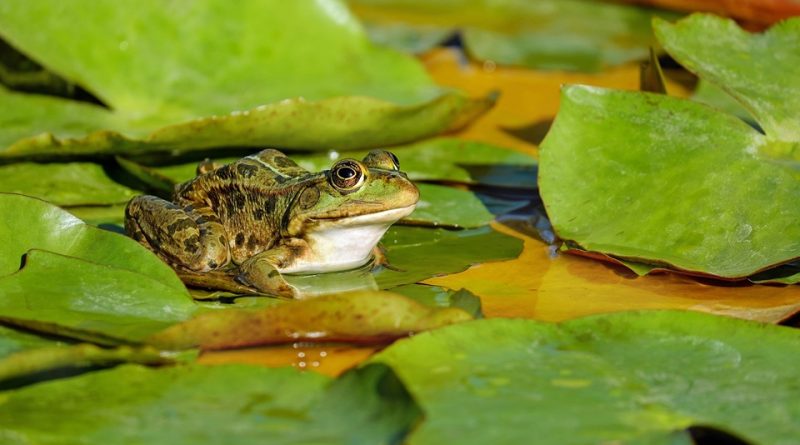Ecological role of amphibians
Ecological role of amphibians
Amphibians (Amphibia Blainville, 1816) are a class of vertebrate animals that belong to the phylum Chordata.
The term amphibian comes from the fusion of the two Greek words ἀμφί, meaning “double”, and βίος, meaning “life”. In fact, they are born in water and remain there until, after a series of transformations called metamorphoses, they become adults, suitable for living in a terrestrial environment, and return to the water to reproduce.
These animals were the first vertebrates to colonize the terrestrial environment although in most cases they still remain extremely linked to water.
They are cold-blooded vertebrates, their body temperature depends on the external environment and with the arrival of the cold they hibernate: they slow down their metabolism and “fall asleep” waiting for spring.
Furthermore, amphibians lower their bodily activities until they almost no longer perceive their heartbeat, and “sleep” waiting for the arrival of spring. With the first rains at the end of February-March some species “awaken”, others will do so in the following months also based on the altitude in which they live.
Amphibians are divided into two large categories:
– anurans (without tail: for example toads, frogs, tree frogs);
– urodeles (with tails: including newts and salamanders).
The life cycle of amphibians consists of three stages: egg, larva and adult.
Metamorphosis is the radical transformation that determines the transition from the larval to adult stage.
In the case of toads and frogs, the eggs are laid in the water in masses (frogs) or cords (toads). When they hatch, the larvae (tadpoles) have a rounded appearance, long tail and gills and need water to survive. Gradually, first the hind legs appear, then the front ones, the tail disappears, the gills are replaced by lungs, they come out of the water and the herbivorous diet becomes carnivorous.
Ecology –
Amphibians play an important role within the ecosystem.
They feed mainly on invertebrates and small vertebrates and for this reason they are very useful for agriculture. They are great devourers of insects that are annoying to humans such as mosquitoes and are crucial for maintaining the ecological balance as well as playing an important role as bioindicators of environmental quality: they are very delicate species and sensitive to pollution.
The conservation of amphibians is increasingly threatened due to various factors: climate change with long periods of drought, reduction and fragmentation of the humid environments in which they live and reproduce, mortality due to vehicular traffic, use of pesticides in agriculture.
In fact, in recent decades there has been a drastic decrease in them, due directly or indirectly to human activities. In fact, these species, given their small size and limited movement capacity, are involved in any type of transformation that affects the territory at the level of both aquatic habitat (areas of reproduction and larval development) and terrestrial (feeding areas, breeding sites). refuge for the wintering or summering phases).
Furthermore, the mass migratory movements that many species usually carry out periodically to reach the aforementioned habitats are increasingly often hindered or completely prevented by artificial barriers that are impossible to overcome such as roads, canals, walls, underground fences, etc.
However, the presence of amphibians on the territory is crucial for maintaining the ecological balance and also indicates that it has not undergone serious upheavals in the recent past (in fact, amphibians are among the bioindicators of environmental quality).

